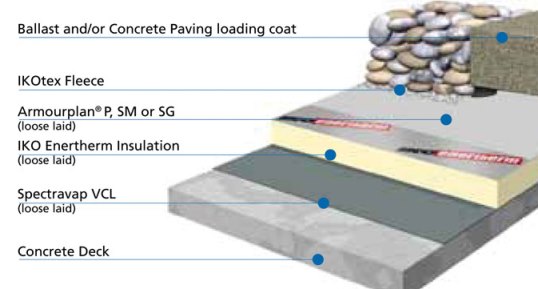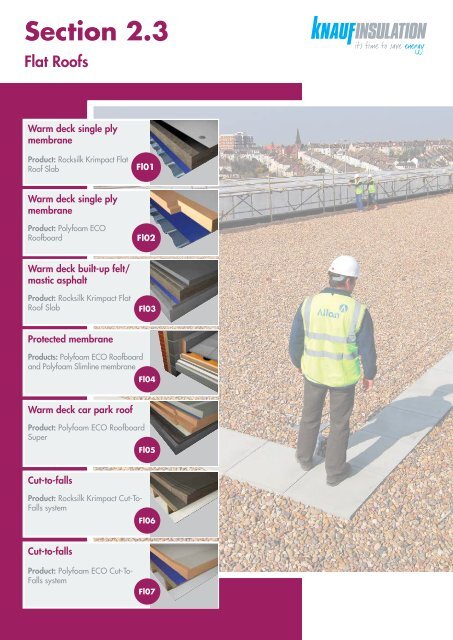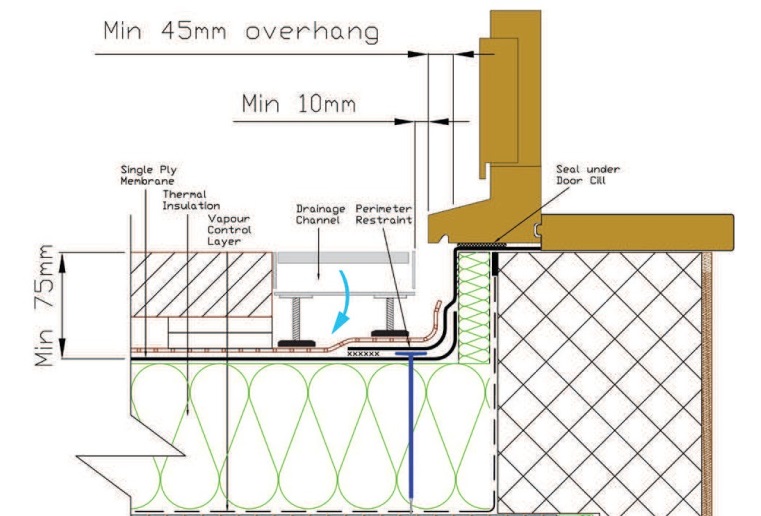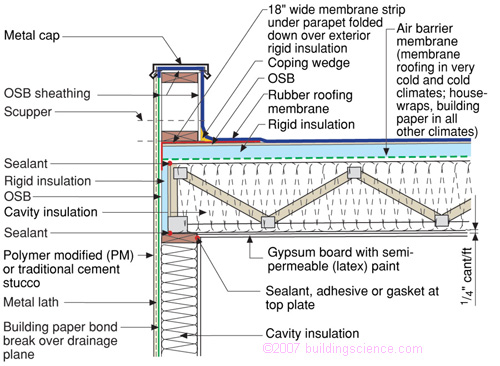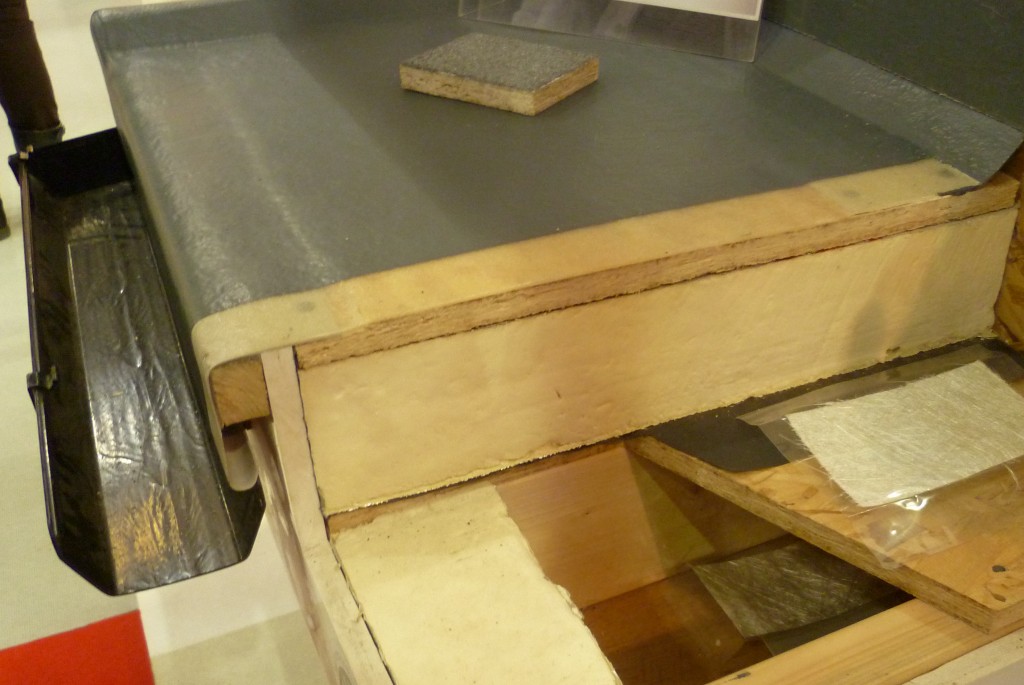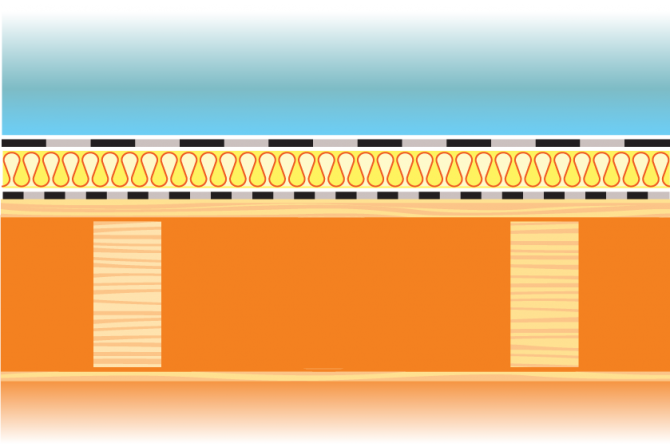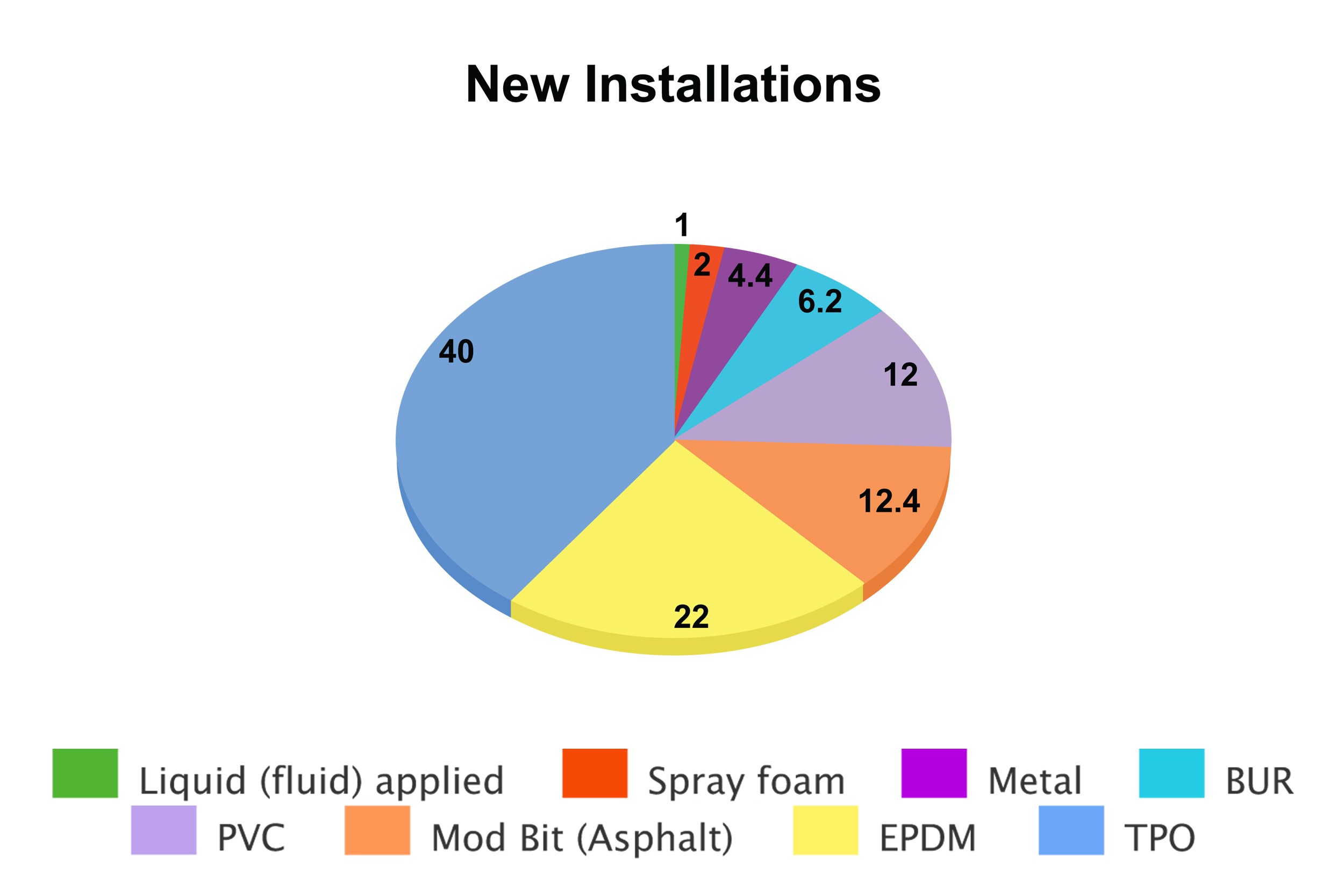Roof insulation thickness for building regulations will vary depending on the type of insulation used.
Flat roof insulation thickness for building regulations.
To comply with part l of the building regulations 2010 all roofs to rooms except those in unheated buildings should be thermally insulated to a maximum u value of of 0 18 w m k.
Different insulants have different efficiencies and performance levels which affects the thickness required to meet building regulations.
Building regulations for insulating a roof heat rises and therefore the building regulations requirements for heat loss through roofs are more stringent than those for walls.
U value of a flat roof.
The type of insulation required will depend on the immediate environment in your area and specific building regulations.
Or else on the interior of the building just.
All roofs should be insulated.
The extent to which the work on the element is controlled and the amount of upgrading needed depends on the particular circumstances of the thermal element.
Thermoplastic or elastomeric are the most effective and should extend up adjacent walls at least 150mm from the roof surface.
The limiting u value the maximise u value which cannot be exceeded required under current building regulations for the roof is 0 20w m.
Flat roofing insulation will have a huge impact on the energy efficiency of your property.
Householder s guide to flat roofing.
Insulation of new flat roofs must satisfy part l of the building regulations.
A lower u.
Ventilation is required for these roofs.
For further information contact the building regulations division.
Insulation between flat roof joists 50mm air gap above decking surrey building control guidance note number 13.
The thickness of insulation will depend on the type of insulant.
Since april 2006 this also applies to refurbishment of flat roofs.
As you can see below there are separate regulations for england wales and scotland.
Warm deck the type of insulation for this is usually of a rigid type and the thickness will vary depending on the manufacturer s specifications.
Below that there are more detailed guides to the thermal insulation parts of building regulations standards.
Take our online course on the building regulations and standards.
Walls are defined by regulation 2 3 of the building regulations 2010 as being thermal elements.
Insulation can also help to limit condensation and contribute to acoustic insulation depending on the type of insulation used.
This is placed over the roof joists and an board normally external ply is laid on top.



